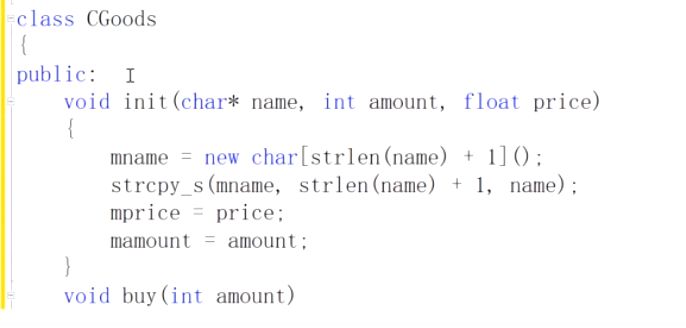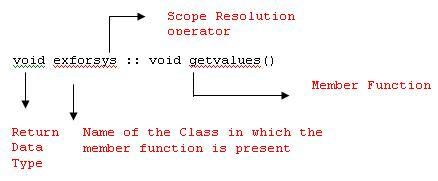

The new method of the derived class will first call its parent class constructor using super.new(). implicitly defined by the tool and called When the class object is instantiated, then the constructor is Note that the new() function is not defined here Define a simple class with a variable called "addr"

In this case, addr is initialized to zero since it is of type bit for which the default value is zero.

If the class does not have a new() function explicitly coded, an implicit new method will be automatically provided. When class constructor is implicitly called Ncsim: *W,RNQUIE: Simulation is complete. Note that it does not have a return type and is non-blocking. The new() function is called a class constructor and is a way to initialize the class variables with some value. In the example above, variable declaration creates an object of class Packet and will automatically call the new() function within the class. instantiation, this variable is expected to have 32'hfade_cafe Display the class variable - Because constructor was called during The class's constructor new() fn is called when the object is instantiated Create a class handle called "pkt" and instantiate the class object Initialize "addr" to 32'hfade_cafe in the new function, also called constructor Define a class called "Packet" with a 32-bit variable to store address When class constructor is explicity defined SystemVerilog, although not a programming language, is capable of simple construction of objects and automatic garbage collection. ConstructorsĬ/C++ requires complex memory allocation techniques and improper de-allocation could lead to memory leaks and other behavioral issues. A constructor is simply a method to create a new object of a particular class data-type.


 0 kommentar(er)
0 kommentar(er)
